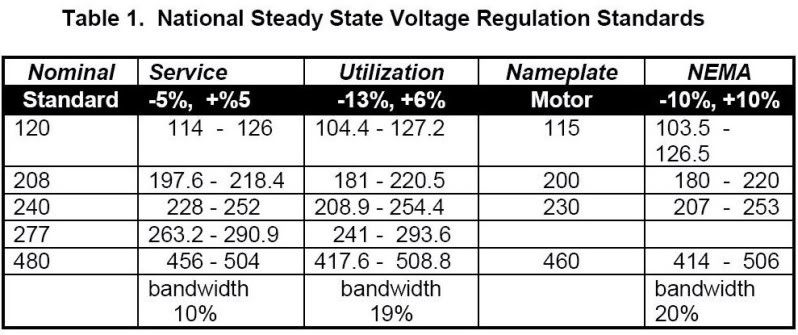There is 3-phase utility service to a remote pump house, used to pump rain and groundwater off a large commercial property. One pump is very old and there is no longer any nameplate on the motor. The second pump is fairly new. Both the old and the new pumps are on (seperate) soft-start controllers. The nameplate on the new pump motor lists the following:
HP: 40
SF: 1.15
Hz: 60
Volts: 230/460
Amps: 100.0/50.0
SF Amps: 117.0/58.0
PF: 84.3
According to POCO, the service is 240V 3-phase delta with 208 stinger leg.
Yesterday, I read a post (which I can't seem to find now) in this forum that stated the service must match the nameplate data. So now what?
HP: 40
SF: 1.15
Hz: 60
Volts: 230/460
Amps: 100.0/50.0
SF Amps: 117.0/58.0
PF: 84.3
According to POCO, the service is 240V 3-phase delta with 208 stinger leg.
Yesterday, I read a post (which I can't seem to find now) in this forum that stated the service must match the nameplate data. So now what?


